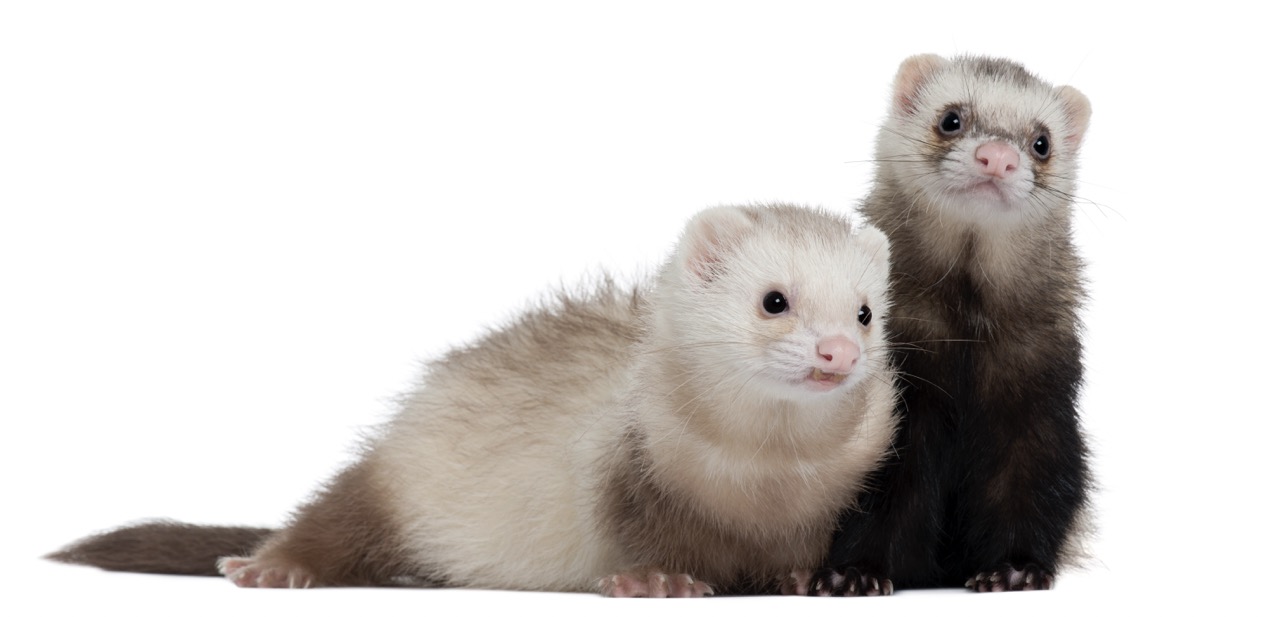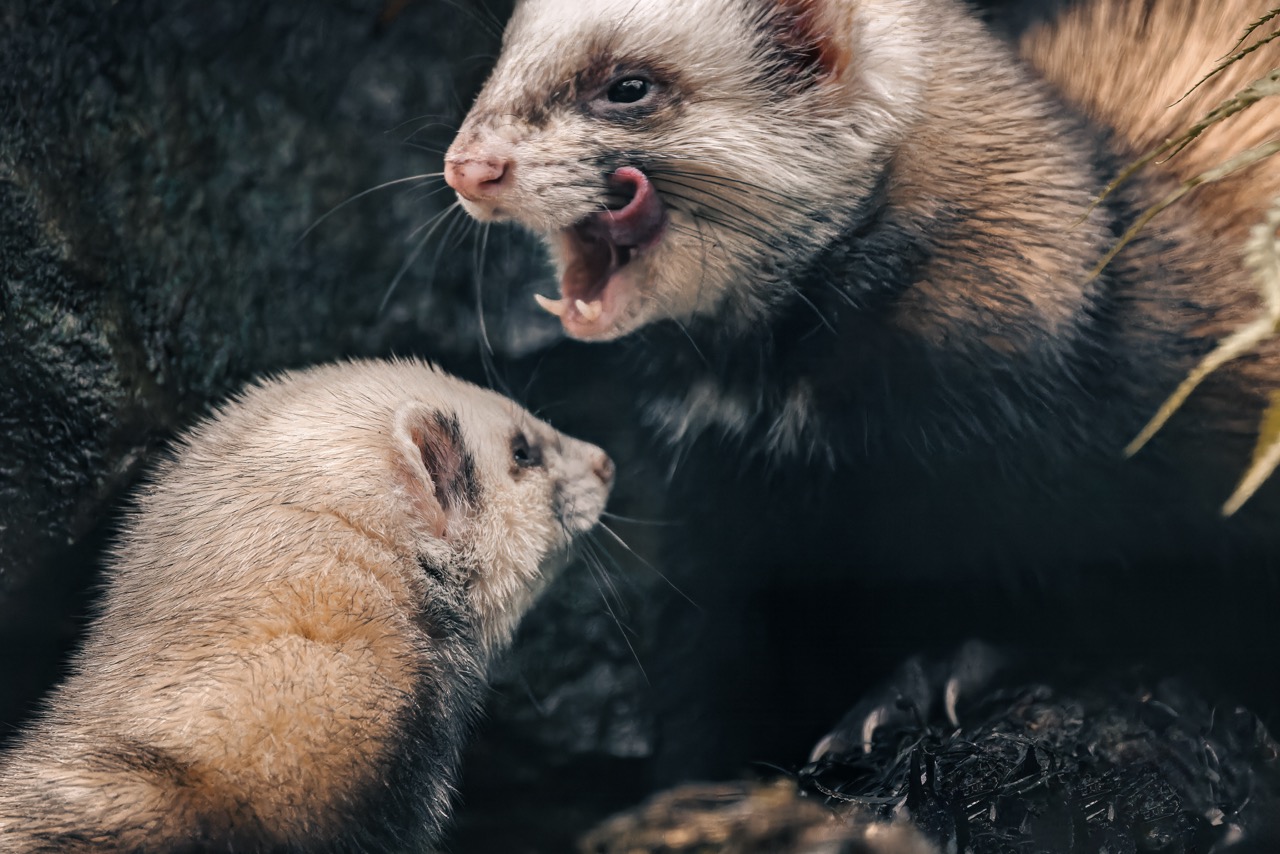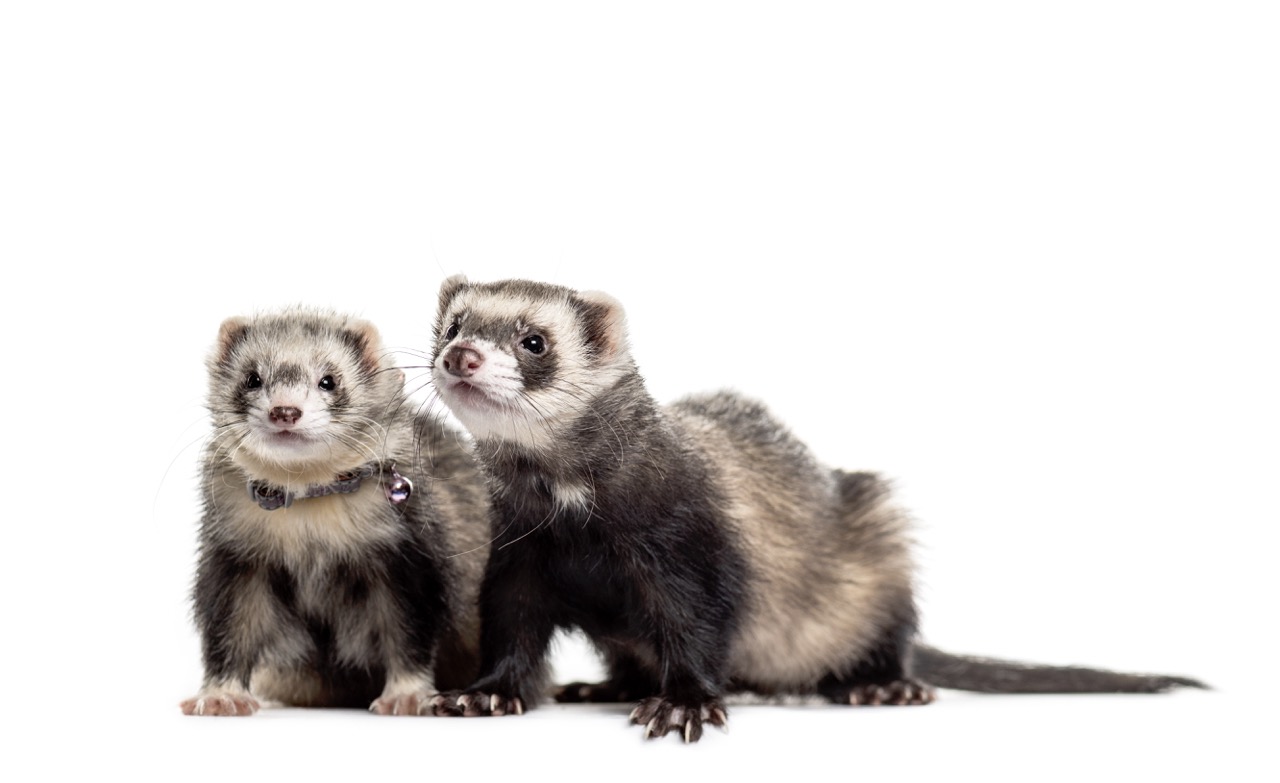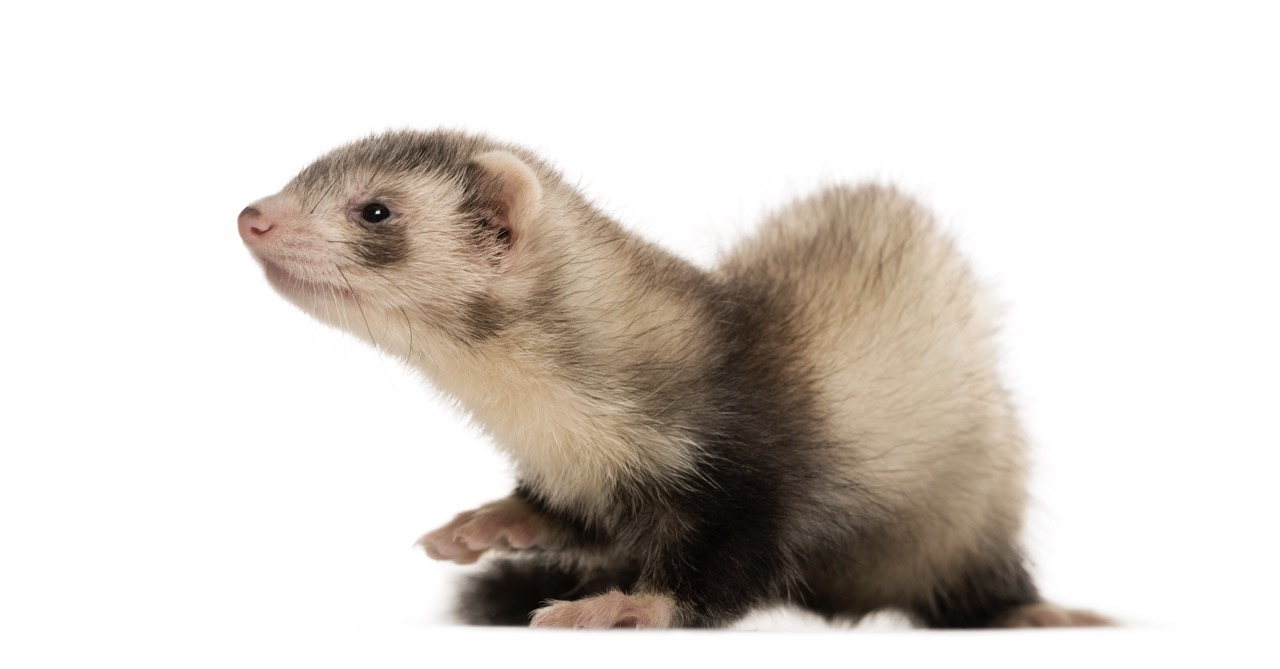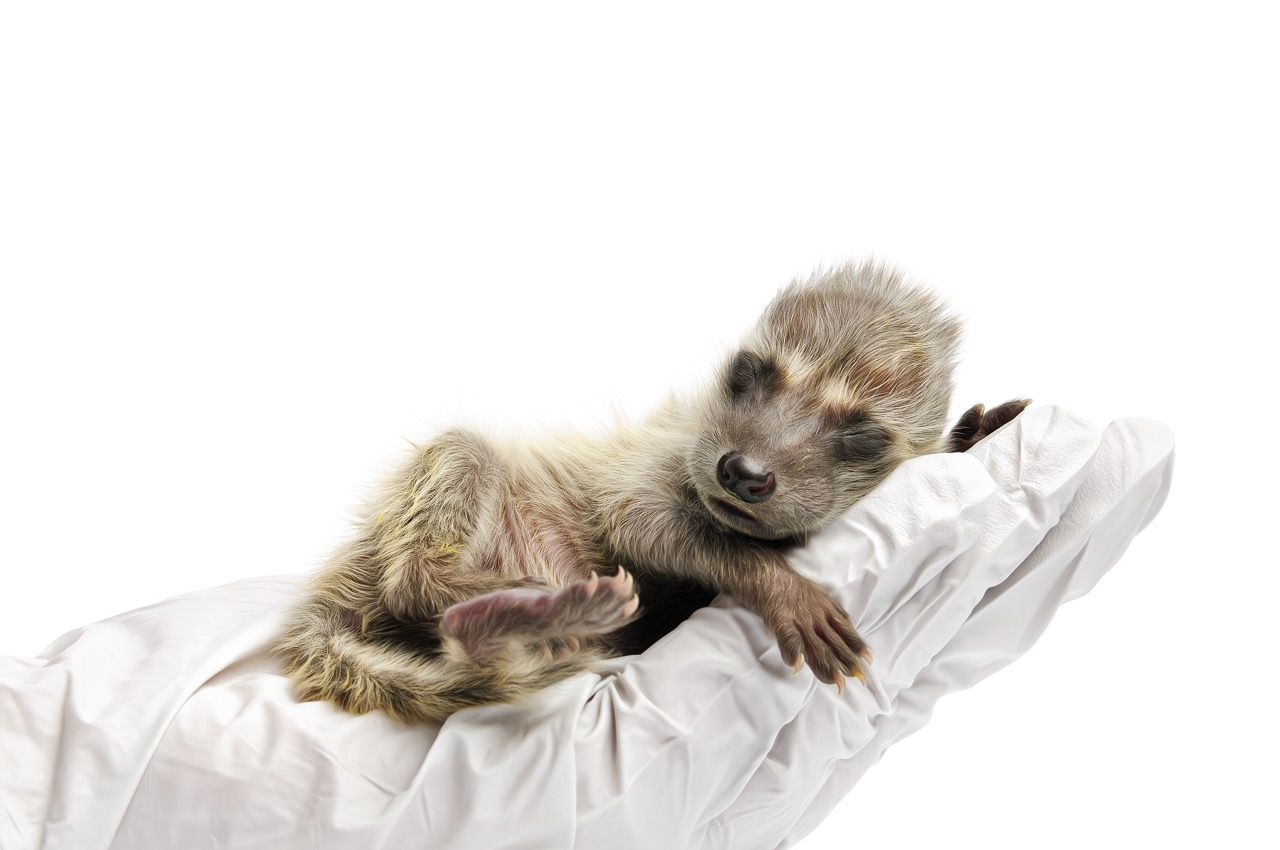Ferrets are fascinating creatures that have captured the hearts of many pet owners due to their playful nature and affectionate temperament. However, breeding ferrets requires a thorough understanding of their reproductive behaviors, reproductive cycles, and care requirements during pregnancy. This article aims to provide a comprehensive guide to ferret reproduction, covering their mating behaviors, the estrus cycle, signs of pregnancy, and how to properly care for pregnant ferrets.
Understanding Ferret Mating Behaviors and Rituals
Ferrets exhibit unique mating behaviors that play a crucial role in successful reproduction. During mating season, male ferrets, known as jills, display heightened interest in females, known as hobs. The male may engage in a variety of courtship behaviors, such as "dancing," where he circles the female while making soft chirping sounds. This ritual helps establish a connection between the pair and signals the female’s receptiveness to mating.
The mating process itself is quite brief but can be repeated multiple times over several days to ensure successful fertilization. After copulation, it is common for the male to show signs of dominance, such as mounting the female again, which can sometimes appear aggressive but is a natural part of their mating behavior. Understanding these rituals is essential for ferret owners who are looking to breed their pets, as it helps ensure a stress-free environment for both the male and female.
Moreover, it is important to note that ferrets are seasonal breeders, meaning their mating activities are influenced by environmental factors such as daylight length. Breeding typically occurs in the spring and summer months, and understanding these behaviors can help owners prepare for the breeding process and improve the chances of successful reproduction.
The Ferret Estrus Cycle: Timing for Successful Breeding
The estrus cycle in female ferrets is pivotal for breeding, as it determines the optimal time for mating. Female ferrets experience a unique reproductive cycle characterized by proestrus, estrus, and diestrus phases. The proestrus phase lasts about 2-3 weeks, during which the female will exhibit behavioral changes, such as increased affection and a desire for attention. This phase is often marked by physical signs such as swelling in the vulva.
The estrus phase, which follows proestrus, is when the female is fertile and ready to mate. This phase can last anywhere from 4 to 14 days, and during this time, she will actively seek out a male ferret. Signs of estrus include increased vocalization and a willingness to engage with males. Timing is crucial during this phase, as successful mating should occur within this window to maximize the chances of pregnancy.
Once mating occurs, the female enters the diestrus phase, which can last for about 30 days whether or not she is pregnant. Understanding the estrus cycle not only helps ferret owners identify the right time for mating but also provides insight into the female’s hormonal changes and behaviors throughout the cycle, allowing for better management and care during this crucial time.
Signs of Pregnancy in Ferrets: What to Look For
Identifying signs of pregnancy in ferrets can be challenging, especially in the early stages. However, there are several indicators that owners can observe. The first sign is often a change in behavior; pregnant ferrets may become more reclusive or exhibit nesting behaviors as they prepare for their kits. They may also display a notable increase in affection or become more dependent on their owners during this time.
Physical changes also occur as the pregnancy progresses. A pregnant ferret’s abdomen may begin to swell, and her nipples will darken and enlarge in preparation for nursing. These changes can become more pronounced as the pregnancy reaches its final stages, which typically last around 6 to 7 weeks. At this point, owners may also notice increased appetite and weight gain in the female.
Another important aspect to monitor is the ferret’s overall health. Pregnant ferrets are at increased risk for health complications such as anemia and infections. Regular veterinary check-ups can help ensure the health of the mother and her developing kits. Recognizing these signs of pregnancy early on allows ferret owners to provide the necessary care and prepare for the arrival of the kits.
Caring for Pregnant Ferrets: Nutrition and Environment
Caring for a pregnant ferret requires special attention to both nutrition and the environment. A high-quality diet rich in protein and fat is essential during pregnancy to support the health of the mother and her developing kits. Many owners opt for specialized ferret food that meets these nutritional requirements, and offering additional protein sources such as cooked eggs or high-quality meat can further enhance the mother’s diet.
In addition to nutrition, creating a comfortable and safe environment is crucial for a pregnant ferret. The nesting area should be quiet, warm, and free from disturbances to help the mother feel secure. Providing soft bedding materials, such as fleece or towels, allows the ferret to create a cozy nest for her kits. It’s also important to minimize stress during this time, as stress can negatively impact both the mother and the developing kits.
Regular veterinary care is also a key component of caring for a pregnant ferret. Routine check-ups can help monitor the health of the mother and ensure that any potential issues are addressed promptly. Owners should also be prepared for the delivery process, understanding the signs of labor and being ready to assist if necessary. By focusing on nutrition, environment, and health care, ferret owners can support their pregnant pets and ensure a successful outcome for both the mother and her kits.
Breeding ferrets is a rewarding yet intricate process that requires an understanding of their unique reproductive behaviors and care needs. By familiarizing themselves with mating behaviors, the estrus cycle, signs of pregnancy, and the appropriate care for pregnant ferrets, owners can enhance their chances of successful breeding and contribute to the well-being of both the mother and her offspring. With proper knowledge and care, ferret owners can experience the joy of welcoming new kits into their homes while ensuring a healthy and nurturing environment for their pets.






